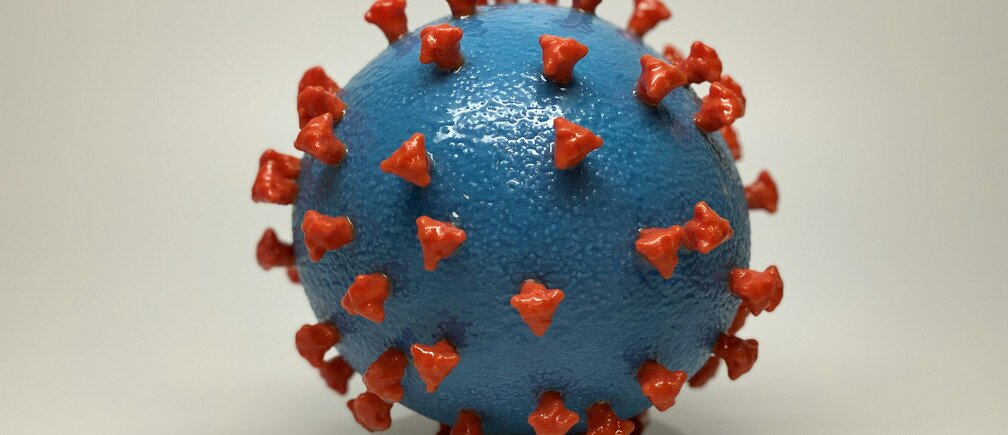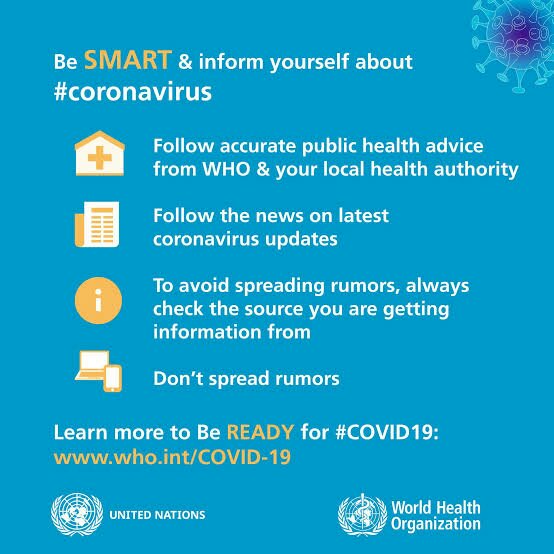
Navigating medical school can be a challenging yet a rewarding journey. In my experience, pooled mentorship was crucial to my growth and development.
Throughout my years in medical school, I was fortunate to encounter a diverse group of mentors who generously shared their guidance, wisdom, and support. Not only did they help me develop my clinical skills, but also fostered my abilities and boosted my confidence in various aspects of my professional life.
Indeed, mentorship’s beauty lies in its universality1. From reaching out and asking accomplished individuals if they would be willing to mentor me, I had the privilege of being guided by individuals within my institution, country, and worldwide using various mentorship models and structures. This allowed me to tap into their wealth of expertise and diverse perspectives, resulting in my meaningful contributions to science through research projects, conference presentations, and recognition with grants and awards. These connections also opened doors to professional opportunities that furthered my advancement. Furthermore, my mentors guided me in acquiring essential self-care skills, ensuring a holistic approach to my personal and professional well-being.
Exposure to mentors from various backgrounds is transformative2. It empowered me to become a strong advocate for global health, after witnessing first-hand the positive impact of collaborations and diverse perspectives. This exposure helped me discover my passion for emergency medicine and research at an early stage, providing a clear career path.
My main challenge was managing expectations and accountability from multiple mentors which forced me to develop effective networking and connection management skills for balancing the support, and guidance provided by each mentor while maintaining my individuality and goals.
In conclusion, the diverse perspectives and experiences shared by a pool of mentors can greatly shape a mentee’s career trajectory and help unleash his/her true potential at an early stage. I will forever be grateful to my pool of mentors, that I achieved through proactive efforts, and I would definitely encourage others to embrace this invaluable resource.
References:
1. Deb L, Desai S, McGinley K, et al. Mentorship in Postgraduate Medical Education. In: Contemporary Topics in Graduate Medical Education – Volume 2 [Internet]. IntechOpen; 2022 [cited 2023 Jun 12]. Available from: https://www.intechopen.com/chapters/77607
2. Hund AK, Churchill AC, Faist AM, et al. Transforming mentorship in STEM by training scientists to be better leaders. Ecol Evol [Internet]. 2018 [cited 2023 Jun 12];8(20):9962–74. Available from: https://onlinelibrary.wiley.com/doi/abs/10.1002/ece3.4527




